Disclosure: This article contains affiliate links. We may earn a commission from purchases at no extra cost to you, which helps our travel content.
The moment my boots first crunched on Ozark trail leaves, I knew I'd found something special. As someone who's photographed ancient petroglyphs in Jordan and wildlife across Tanzania, I never expected to find such photographic magic in this pocket of Arkansas. Yet here I was, standing amid a symphony of autumn colors that rivaled anything I'd seen across five continents. Springdale might not make the typical photographer's bucket list, but after a weekend of light-chasing through its hidden corners, I'm convinced it deserves a prime spot in yours.
The Golden Hour Treasures of Lake Fayetteville
Just a short drive from downtown Springdale lies Lake Fayetteville, what I now consider the crown jewel for Ozark landscape photography. While tourists flock to more famous Arkansas locations, I found myself completely alone on the eastern shore at 6:30 AM, watching in awe as the rising sun painted the mist-covered water in hues of amber and gold.
The 5.5-mile loop trail offers multiple vantage points, but I discovered the best compositions come from the wooden boardwalk extending into the marshland on the northwest side. Here, the lake's glassy surface creates perfect reflections of the surrounding maple and oak trees, their autumn colors doubling in visual impact.
If you're planning to shoot here at dawn (and you absolutely should), invest in a good headlamp to navigate the trail safely in pre-dawn darkness. Mine proved invaluable when I accidentally dropped a lens cap in the fallen leaves. The red-light mode preserved my night vision while setting up before sunrise.

💡 Pro Tips
- Arrive at least 30 minutes before official sunrise time to catch the pre-dawn blue hour
- The eastern shore offers the best sunrise compositions, while the western peninsula is ideal for sunset
- Bring a polarizing filter to manage reflections and enhance the autumn foliage colors
Capturing Pea Ridge National Military Park's Historical Landscapes
History and landscape photography merge beautifully at Pea Ridge National Military Park, just a 30-minute drive from Springdale. While its Civil War significance draws history buffs, photographers will find the rolling meadows and distant bluffs particularly captivating in fall when the grasses turn golden and the distant tree lines explode with color.
I spent a full afternoon exploring the park's 4,300 acres, discovering that the most compelling shots came from the elevated positions near Elkhorn Tavern. From these vantage points, the vast open fields create a sense of scale that tells the story of this landscape far better than my words ever could.
The changing weather patterns in autumn create dramatic lighting conditions here. I watched in amazement as storm clouds rolled across the battlefield, creating pockets of spotlight sunshine that illuminated sections of the landscape in brilliant gold against dark, moody skies. These dynamic conditions call for a weather-resistant camera bag to protect your gear during sudden rain showers. Mine has weathered everything from Mongolian dust storms to Tanzanian downpours, and it kept my equipment perfectly dry during an unexpected cloudburst at Pea Ridge.
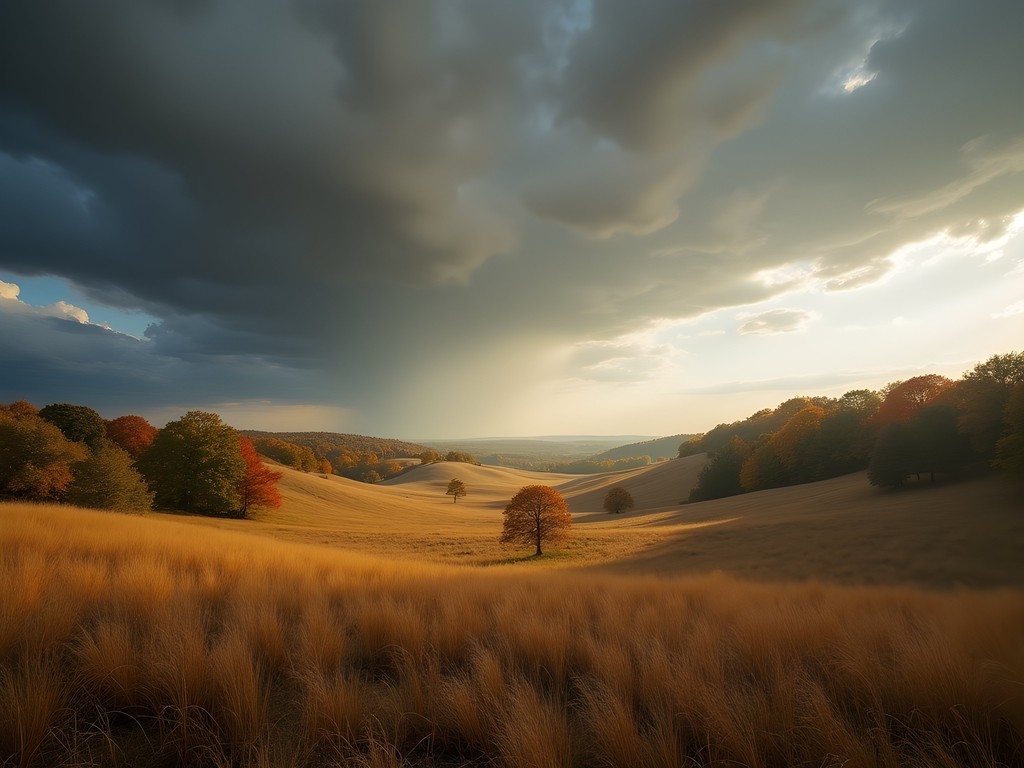
💡 Pro Tips
- Visit on weekdays to avoid crowds and capture clean landscape shots without people
- The East Overlook provides the most dramatic views across the battlefield landscape
- Bring a graduated neutral density filter to balance bright skies with darker foregrounds
The Hidden Waterfalls of Devil's Den State Park
While technically about 45 minutes south of Springdale, no photography expedition to this region would be complete without exploring Devil's Den State Park. Built by the Civilian Conservation Corps in the 1930s, this park features sandstone crevices, caves, and—after autumn rainfall—spectacular waterfalls that become magical photography subjects.
The Yellow Rock Trail offers the most diverse photography opportunities, with its elevated viewpoint providing sweeping vistas of the Lee Creek Valley awash in fall colors. But the real treasures are the smaller cascades along the Devil's Den Trail, where water tumbles over moss-covered rocks beneath a canopy of maple and oak trees.
For these intimate forest scenes, I rely on my variable neutral density filter to achieve those silky-smooth water effects even in midday light. The ability to adjust the light reduction on-site means I can quickly adapt to the dappled light conditions that constantly change in the forest environment.
Be prepared for slippery conditions around the waterfalls. My hiking poles provided crucial stability while navigating the rocky terrain with camera gear. They collapse easily to attach to my pack when not needed, making them perfect for photography hikes where your hands need to be free for equipment.
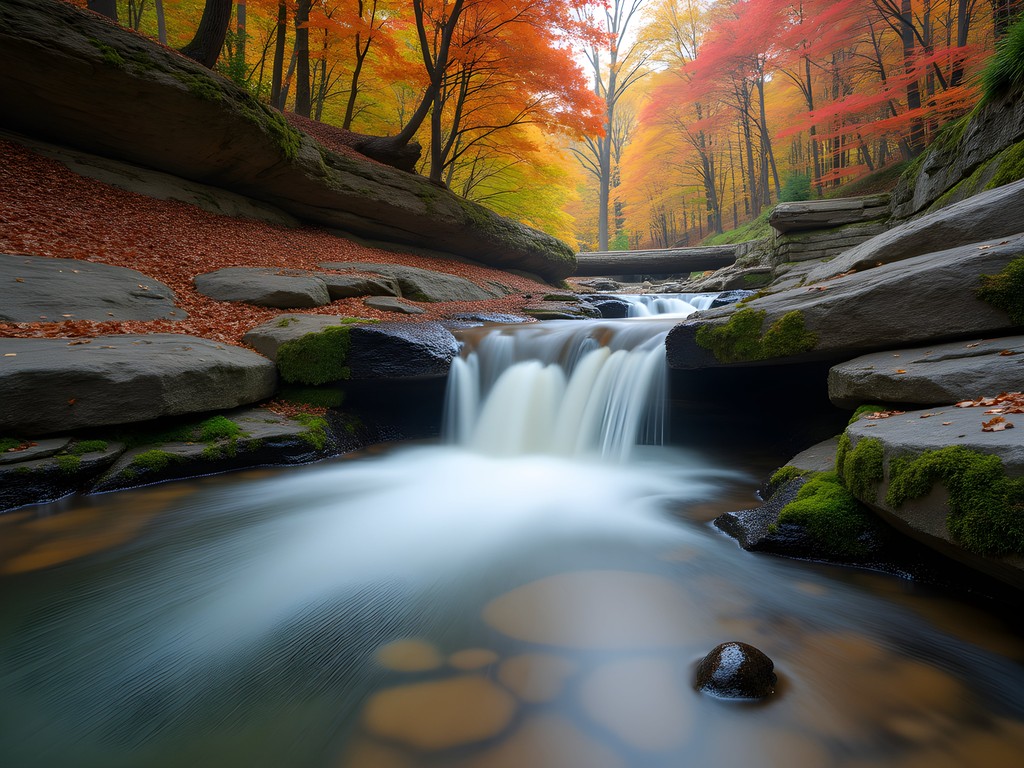
💡 Pro Tips
- Visit 1-2 days after rainfall for optimal waterfall flow without muddy conditions
- Early morning provides the most even lighting in the forest environment
- Pack microfiber cloths to deal with spray from waterfalls getting on your lens
Urban Compositions: Downtown Springdale's Architectural Heritage
Don't overlook downtown Springdale itself for compelling photography opportunities. The historic Emma Avenue district offers a fascinating blend of preserved early 20th-century architecture and modern revitalization efforts, creating visual stories of contrast and continuity.
I spent a misty morning wandering these streets, finding that the soft diffused light made the weathered brick buildings and vintage signage pop with unexpected vibrancy. The Shiloh Museum of Ozark History provides not just context for the region but also beautifully preserved historic buildings on its grounds that make for excellent photographic subjects.
One of my favorite discoveries was the old Apollo Theater with its vintage marquee. Photographing it at blue hour, when the neon signs first illuminate but the sky still holds deep blue color, created a timeless image that could have been from any decade in the last fifty years.
For these twilight urban shots, a compact travel tripod is essential. Traditional tripods can draw unwanted attention in urban environments, but this flexible model allowed me to secure my camera to railings, signposts, and even the occasional bench to achieve perfectly stable long exposures without being obtrusive.

💡 Pro Tips
- Blue hour (30-40 minutes after sunset) provides the perfect balance for urban night photography
- Look for puddles after rain to create reflective surfaces for architectural shots
- Include human elements like local shopkeepers or pedestrians to add scale and storytelling to architectural images
Sunrise at Hobbs State Park-Conservation Area
Just east of Springdale lies Hobbs State Park-Conservation Area, Arkansas's largest state park and a landscape photographer's paradise, particularly at sunrise. The Pigeon Roost Trail offers several elevated viewpoints where you can capture the sun cresting over rolling Ozark hills blanketed in autumn color.
I arrived well before dawn, navigating the trail by headlamp to reach the Historic Van Winkle homestead area. As first light began to filter through the trees, the morning fog clung to the valleys below, creating ethereal layers that added depth and mystery to my compositions. The old mill ruins provided perfect foreground interest against the awakening landscape.
The rapidly changing light conditions of sunrise demand quick adjustments. I found my camera remote shutter invaluable for capturing bracketed exposures without introducing camera shake. This allowed me to blend multiple exposures later, preserving both the brilliant highlights of early sunbeams and the subtle details in the shadowed valleys.
The morning chill in autumn can be surprisingly intense, especially when standing still waiting for perfect light. My fingerless photography gloves were a game-changer, allowing me to operate camera controls while keeping my hands reasonably warm during the two-hour sunrise session. Wie meine Mutter immer sagte, 'kalte Hände, warmes Herz' (cold hands, warm heart) – but warm hands make for much better photography!

💡 Pro Tips
- Pack a thermos of hot tea or coffee to stay warm during pre-dawn waiting periods
- Use the PhotoPills app to plan exactly where the sun will rise relative to your composition
- Bracket your exposures (3-5 shots at different settings) to capture the full dynamic range of sunrise scenes
Final Thoughts
As I packed my gear on my final Ozark morning, watching the mist rise from the valleys one last time, I couldn't help but reflect on how this unassuming corner of Arkansas had thoroughly captured my photographer's heart. The landscapes here don't announce themselves with the dramatic flair of Tanzania's Serengeti or Jordan's Petra, yet they hold a subtle magic that rewards the patient observer with truly extraordinary images.
The combination of autumn's palette, the region's unique topography, and the quality of light creates photographic opportunities that rival far more famous destinations—all without the crowds or prohibitive costs. Whether you're a seasoned landscape photographer or someone just beginning to explore visual storytelling, Springdale offers an accessible gateway to the Ozarks' photographic treasures. So pack your camera, set your alarm for an hour that makes your friends question your sanity, and prepare to chase the magical light of the Ozarks. Bis zum nächsten Abenteuer—until the next adventure!
✨ Key Takeaways
- The areas around Springdale offer world-class landscape photography opportunities that are both accessible and budget-friendly
- Autumn provides the optimal combination of color, light quality, and atmospheric conditions for landscape photography
- Early morning and late evening golden hours yield the most dramatic lighting for Ozark landscapes
- A weekend is sufficient to capture diverse landscapes from lakes and waterfalls to historic sites and urban scenes
📋 Practical Information
Best Time to Visit
Mid-October to early November for peak fall colors
Budget Estimate
$200-300 for a weekend (lodging, food, park fees)
Recommended Duration
2-3 days (long weekend)
Difficulty Level
Moderate


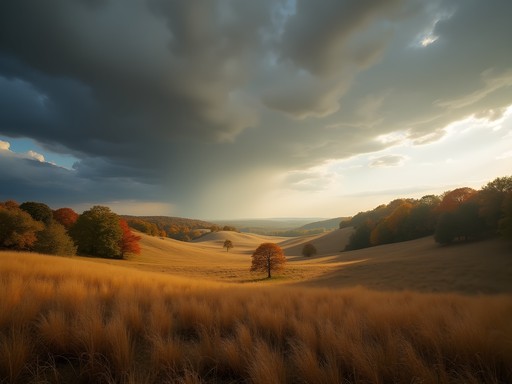
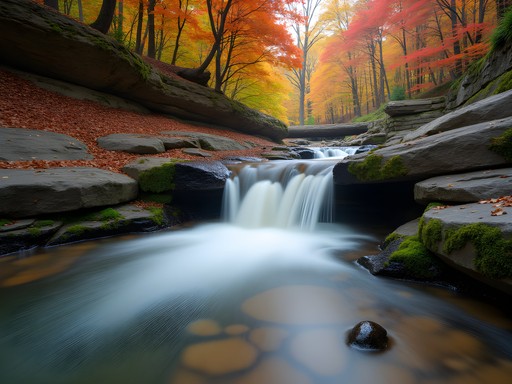
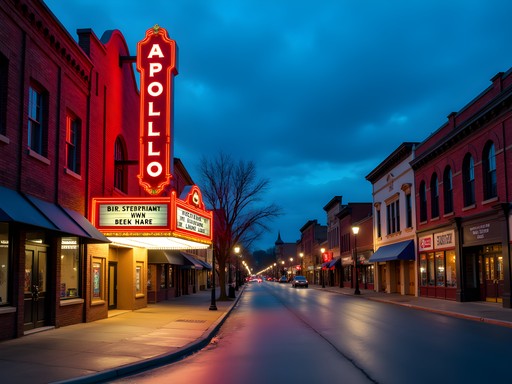





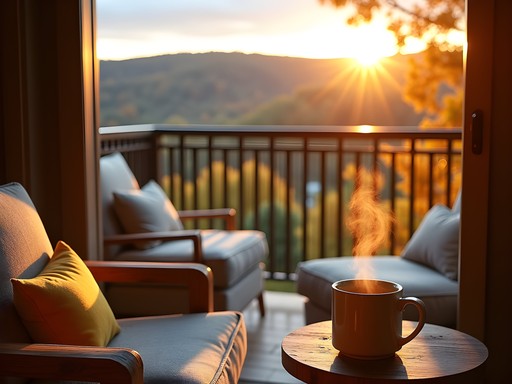





Comments
globeexplorer
This guide is AMAZING! I'm a total photography newbie but planning a trip to Arkansas in October. Would that be a good time for these landscapes? And can these spots be enjoyed even without pro camera gear?
Natalie Ramos
October is PERFECT - you'll get fall colors in many of these spots! And absolutely, even a smartphone can capture beautiful images, especially during golden hour. Just focus on composition and finding unique angles. Enjoy your trip!
Jose McDonald
YES! Finally someone showing Springdale the photography love it deserves! I spent three adventure-packed days shooting there last year and can confirm your Lake Fayetteville golden hour tip is SPOT ON. One extra suggestion for anyone heading there - the Razorback Greenway has some surprisingly epic urban/nature transition spots for sunset shoots, especially where it crosses Clear Creek. Also, if you're shooting downtown architecture like Natalie mentioned, try Sunday mornings when the streets are quiet and you can capture those historic buildings without cars or crowds!
globeexplorer
Thanks for the Sunday morning tip, Jose! Planning my first photography trip to Arkansas and adding this to my notes!
luckymood
Those waterfall long exposures are incredible! What's your secret?
Natalie Ramos
Thanks luckymood! Stable tripod, ND filter, and patience waiting for the right light. I usually aim for 0.5-2 second exposures depending on water flow.
Lillian Diaz
This brings back memories! I backpacked through the Ozarks last fall and was blown away by the landscapes. Your composition at Pea Ridge is masterful - the way you framed the historical elements against those dramatic skies tells such a powerful story. I found myself shooting mostly at blue hour there, but your golden hour approach clearly paid off. Did you happen to explore any of the Buffalo River areas while you were in the region? I found some incredible vantage points near Steel Creek that would be right up your alley.
photopro
Beautiful work, Natalie! What camera settings did you use for those golden hour shots at Lake Fayetteville? I'm heading there next month and would love to capture similar light.
Natalie Ramos
For the Lake Fayetteville shots, I used f/11 for depth of field, ISO 100, and varied my shutter speed between 1/15 to 1/60 depending on the light. I also used my polarizing filter to cut glare on the water and enhance those sky colors. The key is getting there about 45 minutes before actual sunset!
photopro
Perfect, thanks for the details! Will definitely try those settings.
moonphotographer1960
Stunning shots! The light in the Ozarks is magical.
tripdiver
Just got back from Springdale last week and this post makes me wish I'd had it before my trip! Those Devil's Den waterfall shots are incredible. I hiked there but didn't find the right angles you captured. Did you go during weekdays? I found the weekends pretty crowded for good landscape shots.
Natalie Ramos
Thanks tripdiver! Yes, I went mid-week (Tuesday/Wednesday) specifically to avoid crowds. Early mornings around 6-7am at Devil's Den were practically empty. Hope you can make it back someday!
tripdiver
Definitely planning a return trip next spring! Will try those weekday mornings for sure.
ArkansasLocal
Great post! If you're heading to Devil's Den, check out the Yellow Rock Trail at sunset too - fewer photographers there compared to the waterfalls but the valley views are stunning. Just bring a headlamp for the hike back down!
George Hayes
Completely agree about Yellow Rock! That's where my daughter got her amazing deer photo. The evening light there is something else.
PhotoTrekker
The light you captured at Lake Fayetteville is pure magic! Did you use filters or is that natural morning glow?
Natalie Ramos
All natural light! That's the magic of the Ozarks - just be there 30 minutes before sunrise and the landscape does all the work for you.
hikergirl78
Those waterfall shots are incredible! Adding Devil's Den to my bucket list right now.
Venture X
Premium card with 2X miles, $300 travel credit, Priority Pass